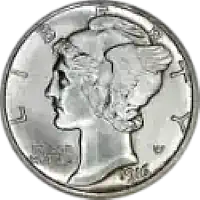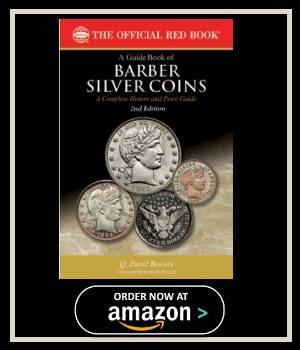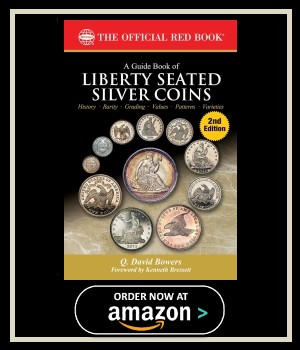
United States Mercury Dimes
Introduction to the Mercury Dime
The United States Mercury Dime, also called the Winged Liberty Head Dime, fascinates coin collectors. It circulated from 1916 to 1945 and remains one of America’s most admired coins. Because of its elegant design and rich history, the Mercury Dime holds a special place in numismatics. Adolph A. Weinman, a famous sculptor, designed the coin. He gave Lady Liberty a winged cap to symbolize freedom of thought. Many people confused the figure with Mercury, the Roman god, which explains the coin’s nickname.
Historical Background
The Mercury Dime appeared during a time of major change in the United States. World War I had just started, and the country embraced modern values. As a result, the U.S. Mint replaced the older Barber Dime with the Mercury Dime. This new coin reflected the artistic spirit of the era. The Mint struck Mercury Dimes from 90% silver and 10% copper. It produced the coins at Philadelphia, Denver, and San Francisco mints. Coins carry small mint marks that affect their rarity and value. For example, the 1916-D Mercury Dime is highly sought after because of its low mintage.
Collecting Mercury Dimes
Collectors prize Mercury Dimes for their beauty and history. While many coins from common dates remain affordable, rare issues fetch high prices. For instance, high-grade 1916-D and 1942/1 overdate dimes can sell for thousands at auction. If you are new to collecting, start with coins from the 1940s. These are easier to find and cost less. As your knowledge grows, focus on key dates or aim for a full set. Always use a magnifier to check details and store your coins carefully to protect their condition.
The End of the Mercury Dime Era
The Mint stopped producing Mercury Dimes in 1946. They replaced it with the Roosevelt Dime to honor President Franklin D. Roosevelt, who died in 1945. Even though production ended, collectors still admire the Mercury Dime for its artistry and history.
Obverse Design
Weinman’s artistic genius is evident in the design of the Mercury Dime, which was introduced as part of an effort to replace the outdated Barber Dime design. The coin features an obverse design that portrays a young Liberty wearing a winged cap, a feature that is commonly mistaken as the Roman god Mercury due to its striking resemblance. Liberty’s profile is presented in a three-quarter view, facing left, with the word “LIBERTY” inscribed gracefully above her and the year of minting displayed with dignity below.
Reverse Design
The reverse side of the coin showcases a fasces, a bundle of rods with an axe, symbolizing unity and strength. Alongside this powerful emblem of unity, an olive branch is depicted, denoting peace—a stark contrast to the turbulent times in which the Mercury Dime was minted. These intricate details and the symbolism they carry contribute to the coin’s allure.
Mintmarks and Collectibility
The Mercury Dime was minted in three different mints across the United States: Philadelphia, Denver, and San Francisco. Each mint marked its coins with a unique mintmark—”P” for Philadelphia, “D” for Denver, and “S” for San Francisco. These mintmarks can be found on the reverse side, positioned just below the fasces. The presence of these mintmarks adds an extra layer of interest for collectors, as they can seek to complete sets from each mint.
Physical Characteristics
In terms of physical characteristics, the Mercury Dime has a diameter of 17.9 mm, which gives it a small yet elegant presence. The composition of the coin is 90% silver and 10% copper, a blend that speaks to the tradition of American silver coinage. The coin’s weight is a modest 2.5 grams, making it one of the lighter coins in circulation during its time.









 '
' 




